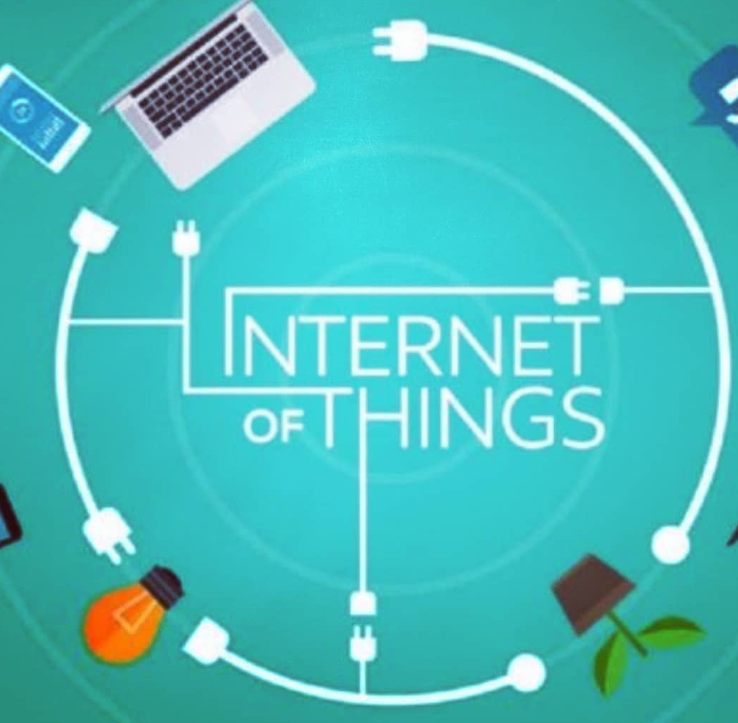Table of Contents
Technology Desk, Delhi Magazine: The Modified OSI Model for IoT/M2M Systems is a structured way to understand how different parts of IoT networks work together. It starts from the physical devices like an OSI Model and their connections, goes through managing data transfer and security, and ends with the applications that people use to interact with IoT technology. Each layer has specific tasks and helps ensure that IoT systems are efficient, secure, and reliable.
Let’s break down the modified OSI Model for IoT/M2M Systems in simpler terms:
1. Physical Layer (Layer 1)
- What it does: Handles the physical connection and communication of IoT devices like sensors and actuators.
- Examples: Includes technologies like Wi-Fi, Bluetooth, or even wired connections like Ethernet.
2. Data Link Layer (Layer 2)
- What it does: Manages communication within local IoT networks and ensures data is transmitted reliably.
- Examples: Uses protocols to control how data is sent over networks, ensuring devices can talk to each other effectively.
3. IoT/M2M Service Layer (Layer 2.5)
- What it does: Takes care of setting up and managing IoT devices, including their security and configuration.
- Examples: Handles tasks like device registration, security setup, and managing device lifecycles.
4. Network Layer (Layer 3)
- What it does: Routes data packets across IoT networks, making sure they get to the right place efficiently.
- Examples: Uses technologies like IPv6 for addressing and routing data between devices.
5. Transport Layer (Layer 4)
- What it does: Ensures reliable and secure communication between IoT devices and services.
- Examples: Chooses the best protocols (like MQTT or CoAP) for sending data based on device capabilities.
6. IoT/M2M Middleware Layer (Layer 4.5)
- What it does: Processes and integrates data from IoT devices before sending it to applications.
- Examples: Handles tasks like data preprocessing, aggregation, and providing buffering for intermittent connectivity.
7. Application Layer (Layer 5)
- What it does: Represents the end-user applications and services that make use of IoT data.
- Examples: Includes IoT applications like smart home systems, industrial automation, or healthcare monitoring.
8. Security Layer (Across Layers)
- What it does: Ensures all communication and data in IoT systems are secure and protected.
- Examples: Implements encryption, authentication, and access control to safeguard IoT data and devices.

